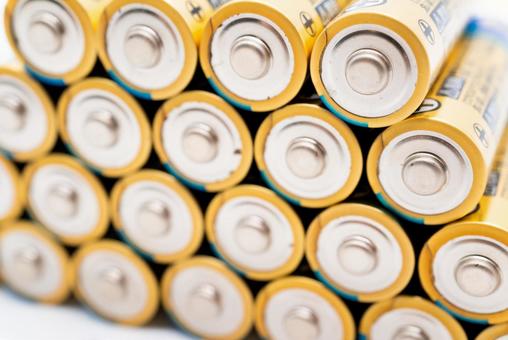In our increasingly digital and mobile world, the demand for efficient, high-capacity, and long-lasting batteries is ever-growing. Whether it’s the smartphone in your pocket, the electric vehicle you drive, or the renewable energy storage systems of the future, batteries are at the heart of our technological advancement. One crucial component that plays a pivotal role in the performance of batteries is the battery electrode film. In this blog, we’ll delve into the world of battery electrode film, exploring their significance, composition, and their role in shaping the future of energy storage.
What is a Battery Electrode Film?
At the heart of any rechargeable battery, be it lithium-ion, nickel-metal hydride, or other variants, you’ll find two critical components: the anode and the cathode. These electrodes are usually thin films composed of various materials and play a fundamental role in storing and releasing energy within the battery. The electrode film acts as a medium for the transfer of electrons during the charge and discharge cycles, which ultimately powers your devices or electric vehicles.
Composition of Electrode Films
Battery electrode films are typically made up of a few key components:
- Active Material: This is the heart of the electrode. In the case of a lithium-ion battery, for instance, the cathode typically consists of materials like lithium cobalt oxide (LiCoO2), while the anode comprises graphite or other materials. The active materials store and release ions as the battery charges and discharges.
- Binder: The active material needs something to hold it together. Binders like polyvinylidene fluoride (PVDF) are used to ensure the active material adheres to the current collector, which is usually made of copper or aluminum.
- Conductive Additives: To enhance the electrical conductivity of the electrode film, conductive additives such as carbon black or graphene are often incorporated.
- Solvent: During the manufacturing process, a solvent is used to create a slurry from the active material, binder, and conductive additives. The slurry is then coated onto the current collector, and the solvent evaporates, leaving behind a solid electrode film.
Significance of Battery Electrode Films
- Energy Density: The capacity of a battery depends on the amount of active material in the electrode films. High-quality electrode films allow for greater energy density, meaning more energy can be stored in the same-sized battery.
- Cycle Life: The durability and longevity of a battery are closely linked to the electrode films. High-quality films contribute to longer-lasting batteries with more charge-discharge cycles.
- Charging and Discharging Rates: The conductivity of the electrode film affects how quickly a battery can charge and discharge. Faster charging and discharging are essential for various applications, including electric vehicles.
- Safety: Electrode films play a role in preventing issues like short circuits, overheating, and fires in lithium-ion batteries. Proper design and materials selection in the films can enhance battery safety.
Future Developments in Battery Electrode Films
As technology evolves and the demand for better batteries grows, research and development in electrode films continue to advance. Some areas of focus include:
- Nanotechnology: Using nanomaterials to enhance the performance of electrode films, such as silicon nanowires, can lead to significant improvements in battery capacity and longevity.
- Solid-State Batteries: Emerging technologies like solid-state batteries aim to replace liquid electrolytes with solid materials, which would impact the composition of electrode films and potentially lead to safer and more energy-dense batteries.
- Eco-Friendly Materials: Researchers are exploring environmentally friendly materials for electrode films, reducing the environmental impact of battery production and disposal.



